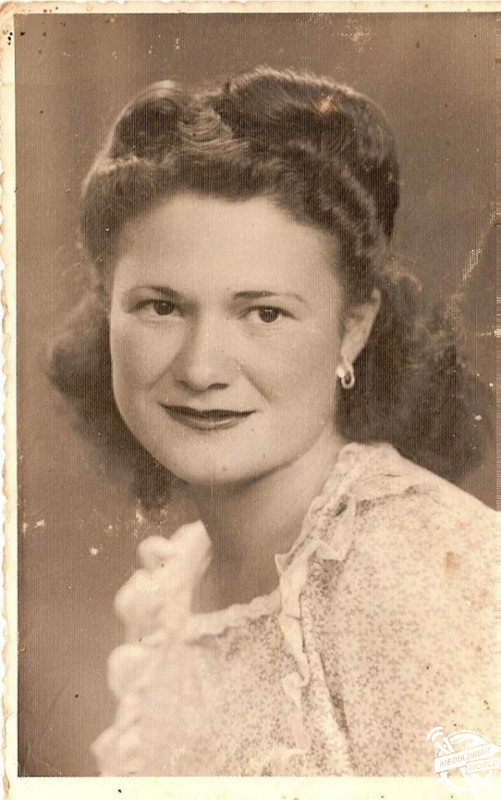By Mark McConville
NEWLY released family pictures have revealed the journey many people of Gibraltar made during WW2 evacuations to London, Northern Ireland and Jamaica.

The rare black and white images show women and children relaxing in Jamaica, taking part in parades with the Union flag hoisted high and cooling off in a shallow stream.
Other photographs show an outdoor tea party with patriotic party-goers displaying symbols of Britain, a football team cobbled together to take their minds off the ongoing war and families being reunited.

Some of the pictures were provided by Gibraltar native Sheryl Moya. She explained the struggles her family went through during World War Two.
“My grandmother was fortunate to be sent to Madeira aged seventeen,” she said.

“She had a great time, but her two sisters were newly married and had to leave their husbands behind. One was pregnant and gave birth to her daughter in Madeira while their grandfather died there.
“My grandfather stayed in Gibraltar but his mother, sister, pregnant sister-in-law and other relatives were sent to Jamaica. His grandfather died there.

“My great aunt and sisters were sent to London / Northern Ireland as young girls. They tell stories of how they had to rush to underground stations during bombings but their mother refused and would choose to stay in bed. They suffered great hardship.
“The families returned with renewed resilience and a stronger sense of community.”

All the women and children were originally evacuated from Gibraltar to French Morocco but after the Nazis captured France it was no longer safe.
The civilians were expelled from French Morocco and exchanged for PoWs. They returned to Gibraltar where they weren’t initially allowed to disembark until the men in Gibraltar went on general strike.

Victor Manuel Patricio Amo, 47, was born in Spain as his grandmother moved there during the war.
His great-grandparents Rogelio Bellotti Dalmedo and Maria Padina, along with his great-uncle Leopoldo and Rolly embarked on the ship “Clan Macbean” to England in 1940.

He explained how Gibraltarians were displaced during the war and many did not return until 1951 – a full six years after the war ended.
“My Gibraltarian grandmother married Spanish and was not evacuated to England in 1940,” he said.

“After arriving in Gibraltar from French Morocco, complicated times were experienced because immediate re-evacuation to other places was necessary.
“They even considered not letting the evacuees go ashore to see their relatives again. Finally, on July 19, 1940, re-evacuation began, which was done mainly to the United Kingdom, but also to Jamaica and, the most fortunate and wealthy, to Madeira.

“The re-evacuation, which ended a year later, on July 4, 1941, led to a total of 14,999 Gibraltarians, and it was only the beginning of difficult years.
“Those who were sent to the United Kingdom suffered the effects of the war, and those who were sent to Jamaica lived other penalties. None was spared the pain of being away from his Rock and his relatives behind.

“From April 1944, they began to return to Gibraltar, although little by little. Almost four years of military life in the Rock caused that there were no houses for all, and it was necessary to prepare reports for the relocation of the returnees.

“The last evacuees returned six years after the end of the war, in 1951. This story shows that Gibraltarians were displaced by their colonial power, the United Kingdom, and explains the sense of autonomy and nationalism.”






